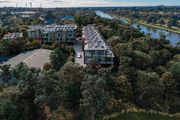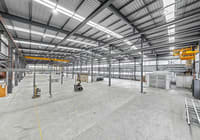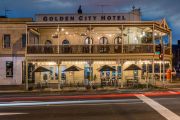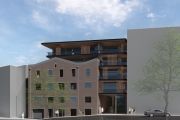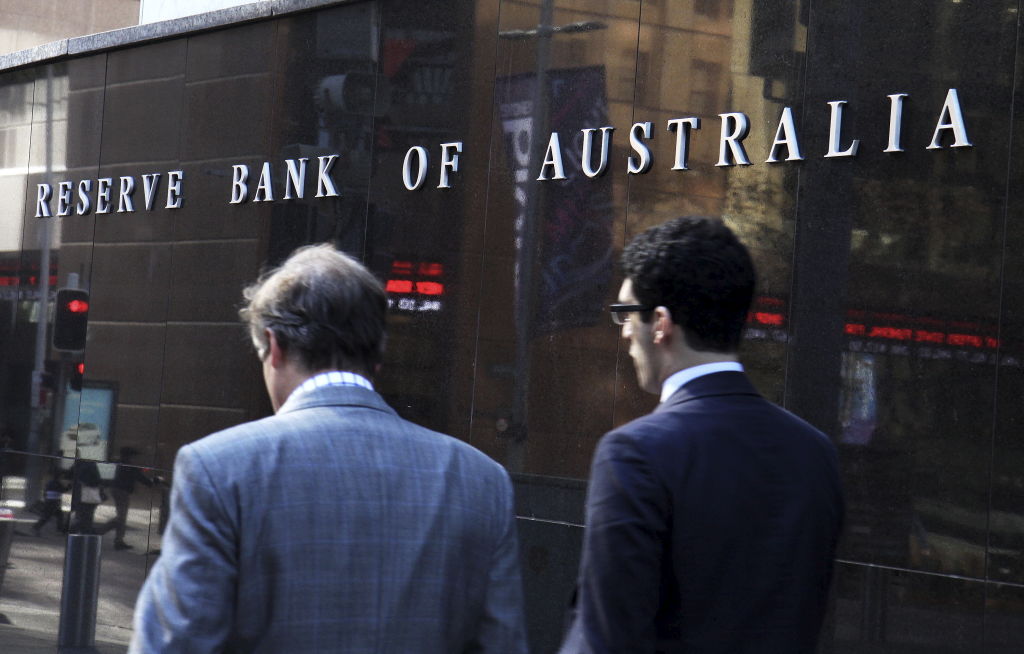
RBA pushes money into commercial property
A double whammy of two interest rate cuts in a row to a record low of 1 per cent will push more money into commercial property, with extra competition driving prices higher and capitalisation rates even lower.
Jason Huljich, joint chief executive of the $6.2 billion property funds manager Centuria Capital, said the first interest rate cut had already sparked an increase in demand for commercial property assets across the country.
“As we’ve seen in a couple of recent campaigns we’ve been on, there’s definitely been an uptick in competition and the number of offers on recent assets has far surpassed what was expected … I think the decreasing interest rate environment is driving that,” Mr Huljich said.
Depending on the asset, commercial property cap rates could decrease by another 25 to 50 basis points compared to six months ago, he said.
Capitalisation rates, which tighten as the growth in income and demand for property improves, are already very low in Sydney and Melbourne’s CBD A-grade office markets at about 5 per cent.
The lower interest rate environment was also driving individual investors into unlisted property funds who were able to get a 6 or 7 per cent yield compared to sub-2 per cent returns if their money was in the bank, Mr Huljich said.
“In our unlisted funds, we are seeing that as term deposit rates get lower and lower and a lot of people can’t live on those returns, so you are getting a lot more demand,” he said.
Low-risk investors normally drawn to bonds are now chasing commercial property yields which offer a better return than 10-year treasury notes, which hit a record low 1.26 per cent last week.
“I do think high dividend yielding stocks like REITs look progressively more attractive as the 10-year bond rate, typically the benchmark, falls. I think that is net positive for us,” Vicinity managing director Grant Kelley said.
“You’ve got basically a 5 per cent compensation for your risk if you invest in us versus investing in a bond.”
Peter Langfelder, director of Metricon, one of Australia’s largest home builders, hoped the second rate cut would have a flow-on effect to the construction sector.
“The first rate cut hasn’t yet translated into higher deposits and commitments from customers but certainly the discussion has been a lot more positive. Now having a second rate cut can only add to that,” Mr Langfelder said.
“I think the housing market requires more action, not ‘wait and see’. The market has been subdued for a long time and that’s probably going to have an impact on construction as we go forward because there is a lag effect from the time people put down a deposit to when construction starts.”
Mark Steinert, managing director of Stockland, said the rate cut was not just a positive for the residential market but would give a boost to the broader economy.
“Infrastructure spending is at record highs, and that’s a key driver of employment growth and productivity improvement,” Mr Steinert said.
“Of course a lot of that is debt funded so these rates are also helping to reduce the cost of infrastructure funding and also the leasing of equipment, for example.”
Mr Steinert said Stockland had already noticed an improvement in settlements and buyer sentiment after the election and the June rate cut, but said credit availability was still key for home buyers and businesses.

